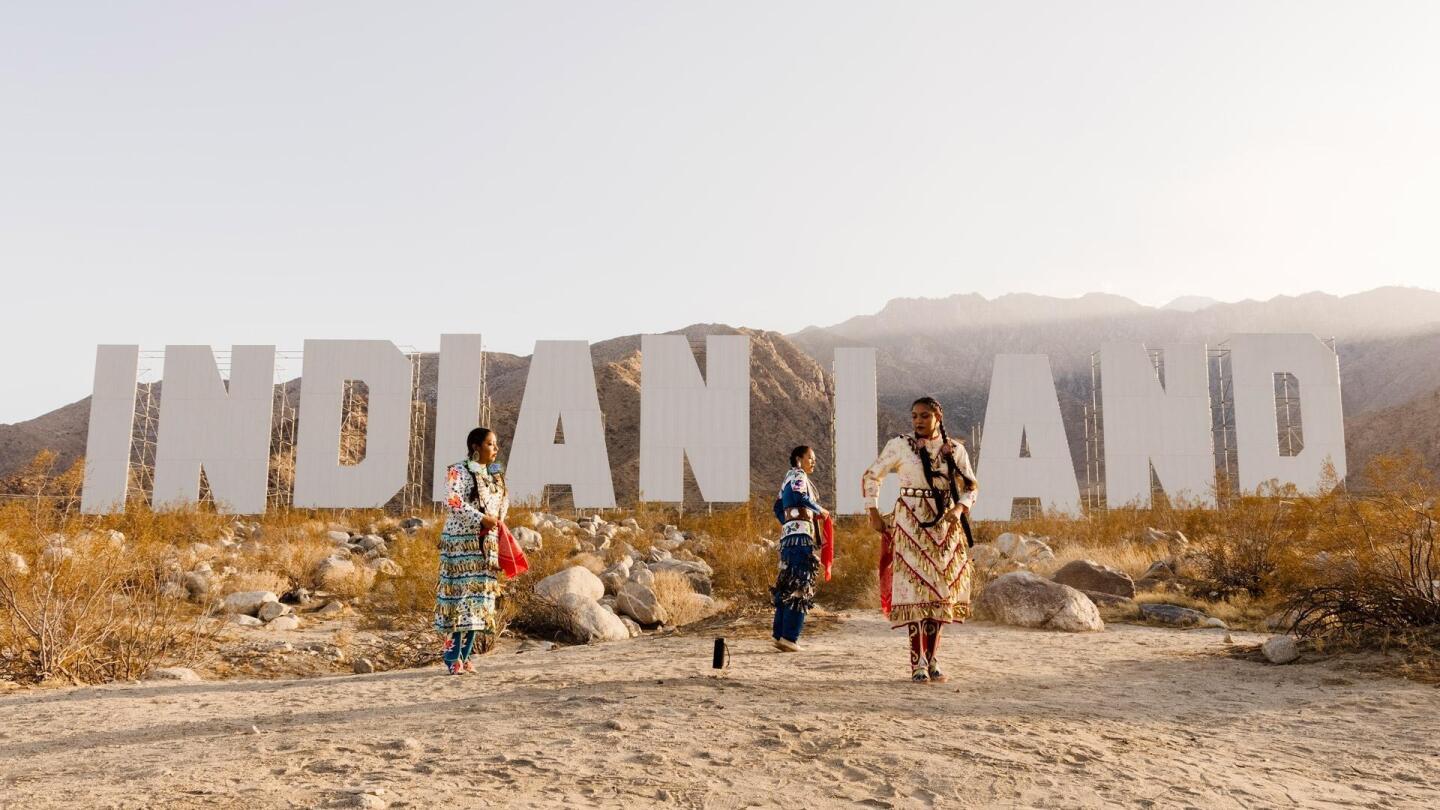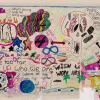
Six Sculptures Pay Homage to Forgotten Cowboys of Color
Thankfully, the traffic wasn't too bad on Tahquitz Canyon Way in Palm Springs as we drove past and missed the first of Christopher Myers' "The Art of Taming Horses" sculptures. We were able to turn around and park momentarily to quickly absorb the piece and run across the road to the middle island, where these sculptures have been installed, to take photos.
The same went for the remaining five sculptures from Myers' installation created for Desert X. Unless you want to cause a traffic jam or loiter illegally on the island in the middle of the road to give the pieces the full attention they deserve, the sculptures, speaking to a fascinating fictional narrative of the history of the Palm Springs area, are drive-by viewings.
I found this choice of un-interactive location interesting — evocative of an afterthought. Much like the stories of the many Mexican and African American ranchers of the region to which they allude, stories which have become lost, or only experienced in passing, with no real opportunity to experience them in the mainstream cultural narrative of the cowboy.
Myers' "The Art of Taming Horses" sculptures tell the story of two such fictional ranchers — Altanviro and Loper. They are intended to represent the many Mexican and African Americans who headed west to create their own lives in the vast, open spaces of this terrain.






The statues are described as "large scale" — but relative to what? Certainly not in relation to the monument-like statues of Altanviro and Loper's mytho-historical European counterparts that take places of pride in the town squares, plazas and courtyards of public spaces.
The sculptures themselves — steel horses — and the accompanying colorful banners depicting the two protagonists are beautiful. Yet the inability to properly interact with each of them in a dedicated public space did not do the installation, the artist and the untold stories of ranchers of color justice.









